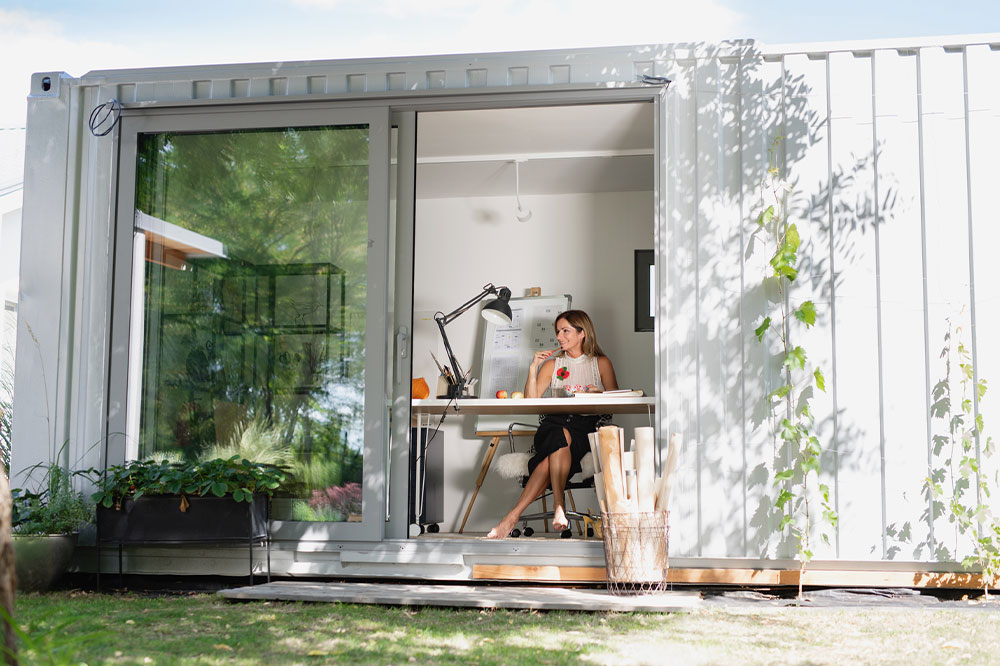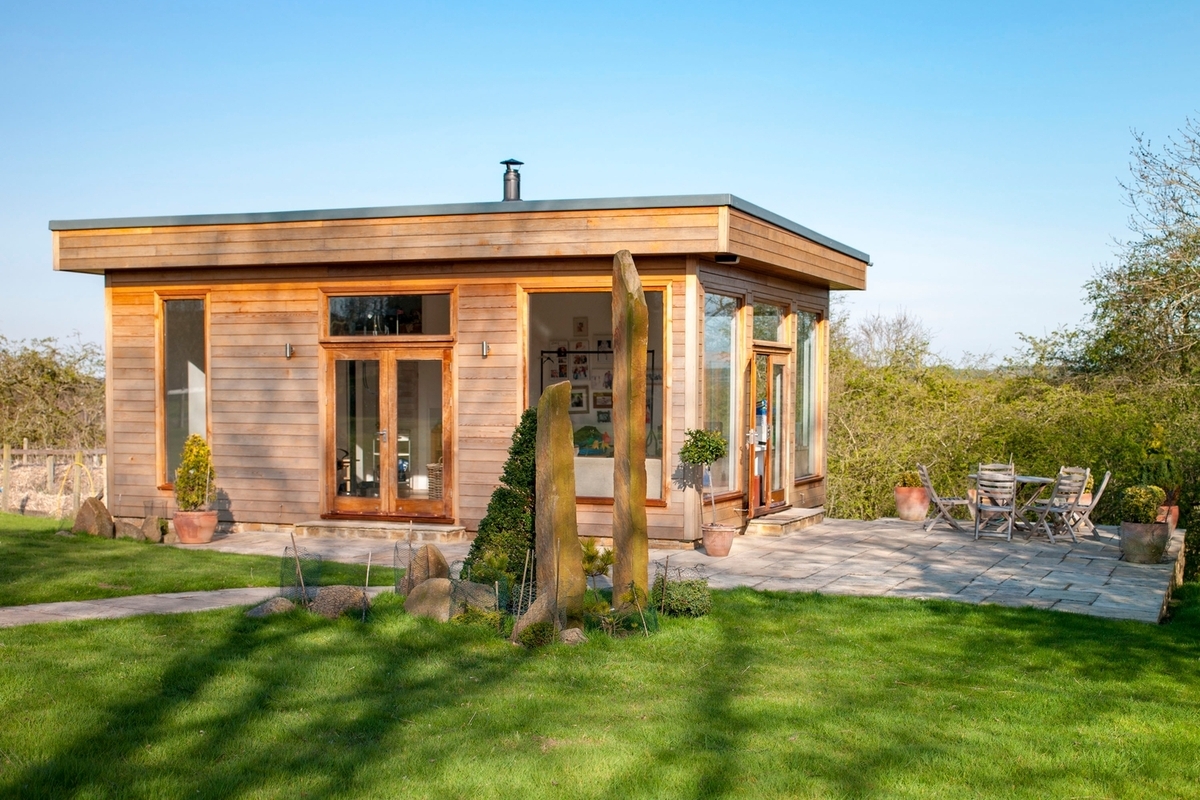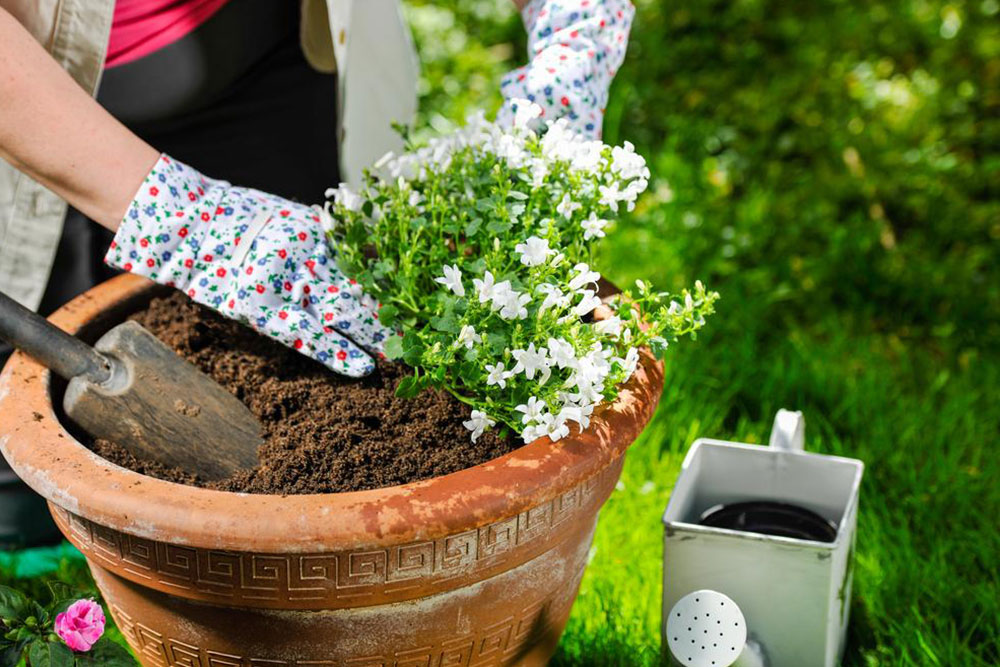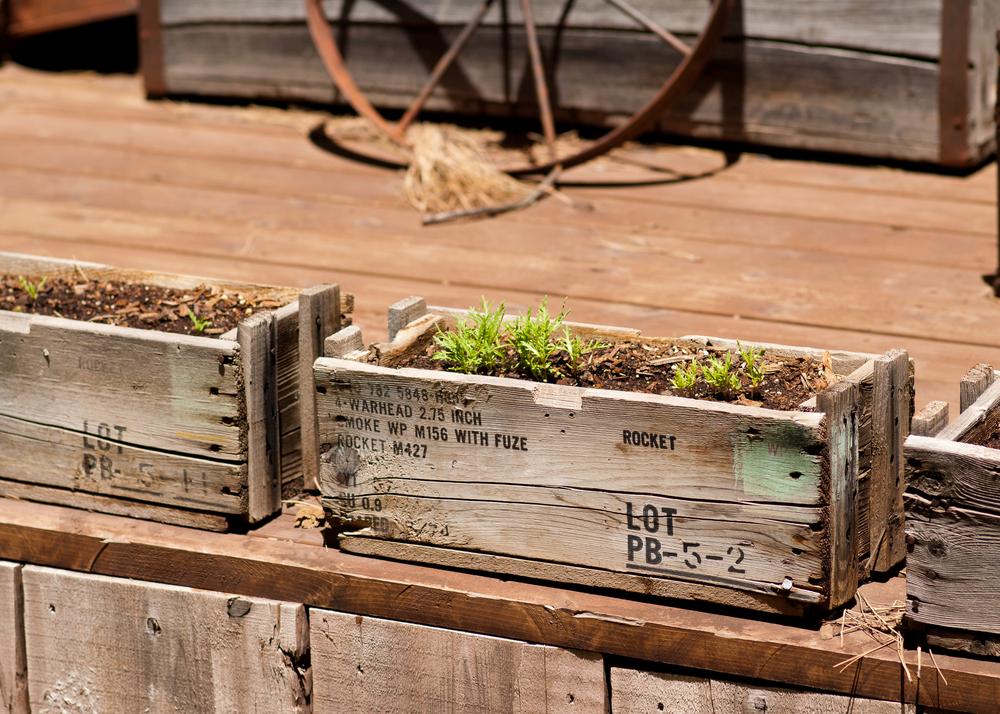Comprehensive Guide to Building Your First Garden Workbench for Garden Enthusiasts
This comprehensive guide provides detailed instructions and essential tips for building your first garden workbench. It covers planning, design, tool selection, construction, and maintenance to help you create a durable and efficient workspace that will enhance your gardening experience. Perfect for DIY enthusiasts and gardeners seeking a customized solution.

Comprehensive Guide to Building Your First Garden Workbench for Garden Enthusiasts
Embarking on the journey to create your own garden workbench can significantly enhance your gardening efficiency and organization. A well-designed, durable workbench acts as a central hub for all your gardening tools and activities, providing a sturdy surface to work on and helping to streamline your gardening tasks. Whether you're a seasoned gardener or just starting out, constructing your own workbench is a rewarding project that combines craftsmanship with practicality. This detailed guide aims to provide you with all the essential information, tips, and step-by-step instructions to build a reliable garden workbench tailored to your needs.
In this article, you will learn about the critical aspects of designing and constructing your workbench. From choosing the appropriate materials to optimizing the bench's height and layout, every detail matters to ensure your final product is both functional and durable. Additionally, we'll discuss the best practices for selecting tools, planning your workspace, and customizing the design to match your gardening activities. Read on to discover how to build a practical, long-lasting garden workbench that will become your gardening companion for years to come.
Key Factors to Consider Before Building Your Garden Workbench
Before starting any construction project, proper planning is crucial to ensure that your garden workbench meets your specific needs. The first step involves assessing your gardening activities to determine the size, height, and features that will best support your workflow. For example, if you primarily work with large pots, pruning tools, or soil, your workbench should accommodate these tasks comfortably. Keep in mind the available space in your garden or workshop to avoid overcrowding and ensure ease of movement around the bench.
Design Tips for an Effective Garden Workbench
Limit the Number of Vises to Enhance Efficiency
Many novice builders tend to add multiple vises in an attempt to maximize functionality, but this often complicates the design and can lead to inefficiency. It's better to focus on one or two strategically placed vises, such as a face vise and a tail vise, which are versatile for most gardening and woodworking tasks. Proper placement of vises not only simplifies your workflow but also speeds up the process of securing materials, saving you time and effort.
Choose the Correct Height for Comfort and Utility
The ideal height for a garden workbench generally falls between your waist and thighs. This range offers a good balance between comfort and ease of use. If you're unsure, consider building your workbench slightly taller than the intended height and trimming the legs later. This approach gives you room for adjustments, ensuring the final setup is ergonomic, reduces strain on your back and arms, and makes gardening tasks more comfortable over prolonged periods.
Emphasize a Simple, Organized Design
Starting with a straightforward design focused on functionality is advisable, especially for first-time builders. Keep the workbench simple with a flat, sturdy surface and an organized frame. Once comfortable with the basic structure, you can incorporate additional features such as sliding surfaces, storage compartments, hooks for tools, or adjustable shelves. Maintaining a clean and simple design allows for easier construction, maintenance, and adaptability. An organized workbench helps you find tools quickly, improves workflow, and reduces clutter, making gardening activities more efficient.
Selecting the Right Tools for Construction
Construction quality depends greatly on using the appropriate tools for each task. For cutting and shaping wood, powered tools like a circular saw, jigsaw, and cordless drill are highly recommended. When laminating or attaching surfaces, a planer and powered jointer facilitate smooth, precise results, especially when working with large panels or laminates. Pre-planning your project by researching the design helps identify necessary tools to avoid last-minute trips to the hardware store. Gathering all required equipment beforehand ensures a seamless building process and helps prevent delays or errors during construction.
Building Your Garden Workbench: A Step-by-Step Approach
The actual process of building your garden workbench can be broken down into manageable steps. Begin with selecting quality materials, such as sturdy hardwood or treated lumber, to withstand outdoor conditions. Next, draft detailed plans or use existing blueprint templates to guide your build. Cutting and assembling the frame should be done carefully, ensuring all joints are solid and level. Install the work surface, whether it's a plywood or a laminated top, with attention to squeak-free and secure fastening. Finally, add any additional features or storage options, and adjust the height if needed. Regular maintenance and periodic reinforcements will keep your workbench in excellent condition for years to come.
Maintenance and Customization Tips
To prolong the lifespan of your garden workbench, regular maintenance is essential. Clean off dirt, debris, and moisture after each use to prevent deterioration. Applying a protective sealant or exterior-grade paint helps shield the wood from moisture and pests. Customize your workbench over time by adding hooks for garden tools, attaching small shelves for supplies, or incorporating weather-resistant materials for outdoor use. Personalizing your design enhances usability and makes your gardening more enjoyable. Remember, a well-maintained and customized workbench remains a valuable asset in your gardening routine, providing a durable and efficient workspace for many years.
Conclusion: Your Perfect Gardening Companion
Constructing a garden workbench tailored to your needs can significantly improve your gardening experience. By following the essential guidelines outlined above — from initial planning and appropriate tool selection to simple, effective design and regular maintenance — you can create a durable, functional workspace. Whether you’re pruning, potting, or storing tools, your custom-built workbench will serve as the backbone of your gardening activities. Invest time and effort into building the right workbench, and you will enjoy a more organized, efficient, and enjoyable gardening process for years to come.




